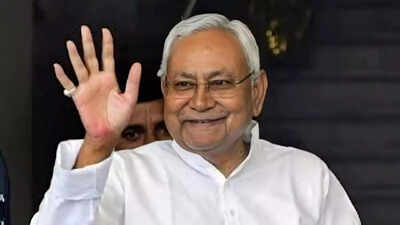
The decision to induct only eight JD legislators has triggered considerable curiosity within political circles. Each minister appointed from JD is a veteran figure, aged between 52 and 79, and previously held ministerial positions, marking a deliberate choice by Kumar to rely on known quantities. At the same time, four senior JD ministers were omitted from the expanded cabinet of 36 possible members, signalling a recalibration of internal power dynamics. One notable exclusion was Sumit Kumar Singh, who lost his seat in the Chakai constituency in Jamui district.
Political analysts interpret the move as a strategic realignment ahead of the assembly’s next phase. With the BJP emerging as the single largest party in the state under the NDA banner, Kumar appears to have positioned his party to emphasise continuity and discipline, while ceding greater visible influence to his alliance partner. Observers note that JD may be preparing for a gradual generational transition by choosing seasoned leaders rather than framing the cabinet as a showcase for new faces.
The composition of the cabinet also hosts broader social implications. The 26 ministers represent a spectrum of upper castes, OBCs, EBCs, Dalits and one Muslim member from JD, reflecting the government’s promise of inclusive representation. The presence of three women ministers—Shreyasi Singh and Rama Nishad from BJP, and Leshi Singh from JD—adds to the narrative of expanding female participation in state governance.
Within the ranks of JD, however, questions are being raised about the exclusion of ministers from the party’s traditional core supporters, such as the Kushwaha community, and the limited number of MLAs elevated to ministerial positions despite the party’s strong electoral show. Sources within the party suggest that Kumar is retaining flexibility, with the possibility of further inductions before the Assembly Secretariat fixes the final strength of the council of ministers at 36.
From the BJP’s perspective, the allocation of 14 ministerial posts appears to reflect the party’s increased bargaining position following its electoral gains. At the swearing-in ceremony, Prime Minister Narendra Modi and senior national leaders of the BJP were present, underscoring the strategic importance of Bihar in the national political landscape. The elevated status of BJP ministers and the presence of deputy chief ministers Samrat Choudhary and Vijay Kumar Sinha, both from the BJP, further highlight the shifting power axis.
The JD’s internal recalibration is tied to the broader context of alliances and electoral planning. After a phase of shifting alignments, including a break with the BJP coalition in 2022 and a re-alignment with the NDA in January 2024, Kumar appears to be consolidating his party’s role within the alliance while retaining the narrative of leadership continuity. This cabinet iteration may serve as a platform from which JD crafts its identity—both as a dominant regional force and as a supportive partner of the national alliance.
From a governance perspective, the selection of experienced hands suggests a push for administrative stability. Few fresh faces entered the JD ministerial cohort, signalling a preference for familiarity over experimentation. The BJP slots, by contrast, include several first-time ministers, reflecting the party’s approach of rewarding electoral success and broadening its leadership outreach.
